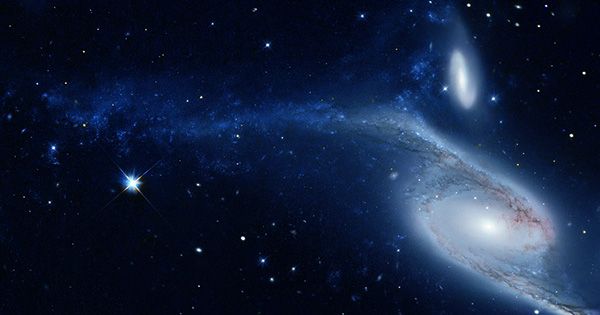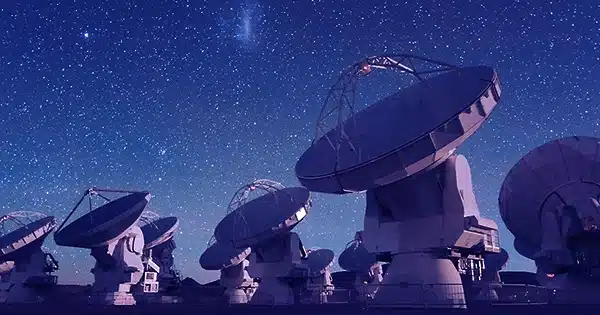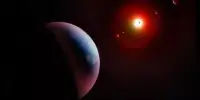They tracked the stars for poor pay, knowing that their insights about the universe would be assigned to male colleagues, and died in relative obscurity, their scientific efforts unrecognized and ignored.
Two asteroids have been named after pioneering British female astronomers Annie Maunder and Alice Everett, who were among the first women in the world to earn a career in astronomy.
Maunder and Everett, who met while studying mathematics at Girton College in Cambridge in the 1880s, were early members of the British Astronomical Association (BAA), which recommended them for the honor of the Catalina Sky Survey.
“These were extraordinary women who did extraordinary things,” Mike Frost, the BAA’s historical section chief, said. “They have earned their place in the sky.”
Despite passing their exams with honors, the two, like all female students at Cambridge until 1948, were not awarded degrees. They both got work as “lady computers” at the Royal Observatory in Greenwich after graduating. “Lady computers would measure the positions of stars and convert them into astronomical tables,” Frost explained.

“The Astronomer Royal realized there was this pool of highly talented women coming out of Oxbridge who could be hired cheaply.”
Maunder, the top mathematician of her year at Girton, asked for a rise in her £4-a-month income before accepting the job, stating that she could “barely live on it”: “Does the fact that I took the mathematical tripos at Cambridge make no difference?” she wondered in a letter.
Maunder married her supervisor, Edward Walter Maunder – a widowed father of five, 17 years her senior – after documenting the largest sunspot ever observed at Greenwich, and was forced to retire as a result. She continued to serve as a volunteer assistant to her husband, accompanying him on treks around the world to shoot the total eclipse of the sun – a “technically very difficult” feat, according to Frost. “She was a very talented astronomer and solar photographer.”
Maunder and her husband later developed the now-famous butterfly diagram to analyze sunspots, but she was not given credit as a co-author. The couple published considerably, but frequently exclusively under Walter’s name. Walter confessed in the foreword to one of their collaborative popular astronomy books that the material was “almost entirely the work of my wife.”
Maunder could not present scientific papers since she was refused membership in the male-only Royal Astronomical Society until 1916, and she had to rely on her husband to share her contentious observations about the asymmetrical nature of sunspots. She asked Girton for money to acquire a camera, and in 1898, she captured proof of a 10m km stream from the sun, the largest extension ever observed at the time.
Meanwhile, Everett struggled to make ends meet as an astronomer, despite viewing and measuring the positions of 22,000 stars in a single year and publishing two papers on star orbits. “She was offered a position at a large observatory, but it was withdrawn because they couldn’t figure out how to let a woman observe there for practical reasons,” Frost explained. “But Alice was not someone who let adversity get in her way.”
She began working in the related field of optics at the age of 35, becoming the first woman to author an article for the Physical Society of London’s journal in 1903. She subsequently began a second job as a physicist at the National Physical Laboratory before retiring in 1925 and beginning her third career as an electrical engineer at the age of 60.
She successfully applied for joint patents relating to television optics with the inventor of the television, John Logie Baird, and she was most likely present at the first display of a television image in 1926.
“She was an early television technology pioneer and a founding fellow of the Royal Television Society,” Frost said.
The Victorian women at Girton, according to Dr Elisabeth Kendall, were often pioneering and daring and lived together in a unique, “spirited atmosphere” that taught them to be resilient and turn to each other for support. “There was a strong sense of community and camaraderie,” she remarked. “You’re already taking a risk by enrolling in this institution and working your way to the top of your academic game.”
It was a collegiate experience that prepared the women to “be the first to break ground in what were essentially men’s fields,” she added, with tennis matches, horseback riding, feasts, and college music. “Many of these women were used to having to fight their way through in order to reach their full potential.” They understood they had to outperform the best men.”
Kendall explained that by naming the asteroids after Everett and Maunder, the world is “finally” recognizing their scientific contributions to astronomy, and this isn’t simply about paying homage to the past. “It’s all about inspiring the future.”














